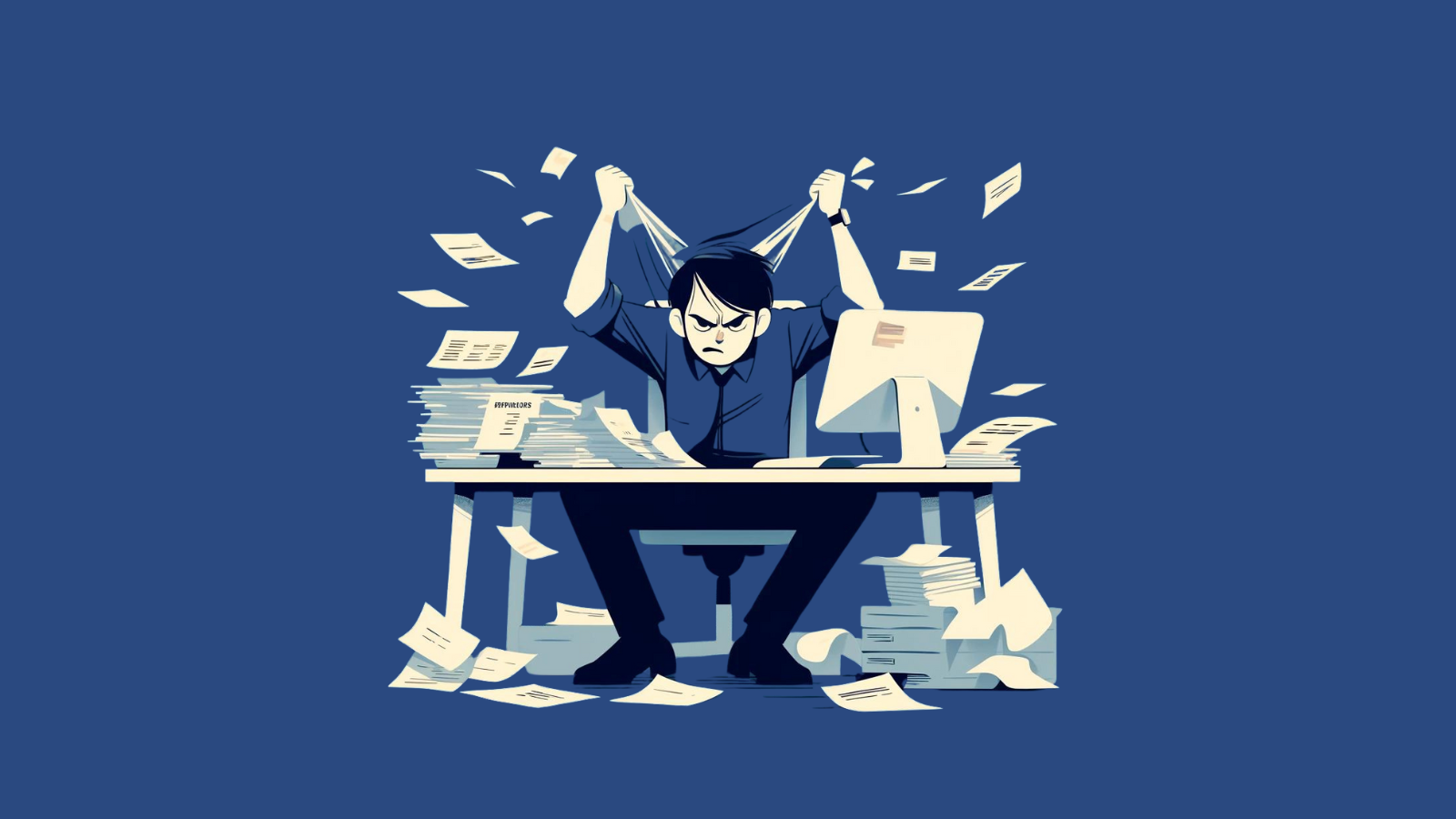2 Rules Great Minds Use to Conquer Any Challenge. Want to Know How?
In the beginning, I thought running a business would be a breeze.
I had my systems in place (okay, one anyway), a great team, and plenty of coffee. But then came the day that changed everything—a day that tested my stoic resolve to the core.
It was a typical Monday morning.
I walked into the office, coffee in hand, feeling invincible. That is until I read an email that our biggest client at the time had experienced an in-flight fire of the Auxiliary Power Unit we sold them a few weeks prior. And now, I was getting all the blame. Cue the panic. These moments make you feel like your business is running you into the ground. Or perhaps it's the 'story' of your life. You're not alone.
The Stoic greats faced adversity just like you, but they mastered two rules to survive and thrive. Let's explore these strategies and see how they can transform your approach.
What Is the Stoic Test Strategy?
The Stoic Test is all about controlling your emotions and taking decisive action.
It's the ultimate playbook for navigating life's challenges without losing your cool. Sounds pretty good, right? Let's break it down into two simple yet profound rules.
Rule 1: Don't Become Angry or Complain
My initial reaction to the client's news was pure, unfiltered frustration.
I could feel the anger bubbling up, ready to explode like a pressure cooker without a release valve. But then I remembered Rule 1: Don't become angry or complain.
So, I took a deep breath, channeled my inner stoic, and focused on what I could control. It's all about emotional control. Stoicism teaches us that negative emotions are within our control. Complaining or getting angry is a total waste of energy. Instead, channel that energy into maintaining your inner peace and taking constructive action.
Here's the grading scale for Rule 1:
Excellent (A): Stay calm and composed, even when things go south.
Good (B): Feel the urge to complain but quickly regain control.
Average (C): Let out some frustration but eventually refocus.
Poor (D): Frequently lose your cool, letting anger take over.
Fail (F): Consistently react with anger and complaints, making things worse.
Rule 2: Choose a Path That Solves the Problem
Next, focus on practical action.
It's like fixing an aircraft part—identify the issue, find the right tool, and fix it. Don't waste time on unproductive actions or wallowing in the problem. Pick a solution and act.
I had a choice—sit there and wallow in my misery or find a solution. I opted for the latter. I gathered my team, and we brainstormed. Ideas flew around the room faster than a jet engine on full throttle. We identified ways to reduce financial losses and tweaked our communication plan to ensure we kept the customer and got to work.
By the end of the month, we had solved the problem and maintained the incoming flow of customer orders. And in the end, it wasn't even our fault! The customer remained a multi-million dollar-a-year partner. That initial setback became a springboard for growth, all because we followed those two simple rules.
Here's the grading scale for Rule 2:
Excellent (A): Identify and implement effective solutions.
Good (B): Find workable, if not optimal, solutions.
Average (C): Take steps but leave some aspects unresolved.
Poor (D): Make minimal efforts, often worsening the situation.
Fail (F): Take no meaningful action or exacerbate the problem.
Why This Matters
Most people get stuck in a cycle of negativity and inaction.
They think venting will help, but it just keeps them stuck. By mastering these two rules, you'll solve problems more efficiently and maintain your sanity. Think of it as your business's version of Zen—cool, calm, and ready to tackle the next challenge.
So, the next time you face a hurdle, remember these two rules.
Control your emotions and choose a practical solution. Your future self (and your business) will thank you.
Now, go out there and be the calm, problem-solving ninja your business needs.
And if all else fails, there's always coffee.








